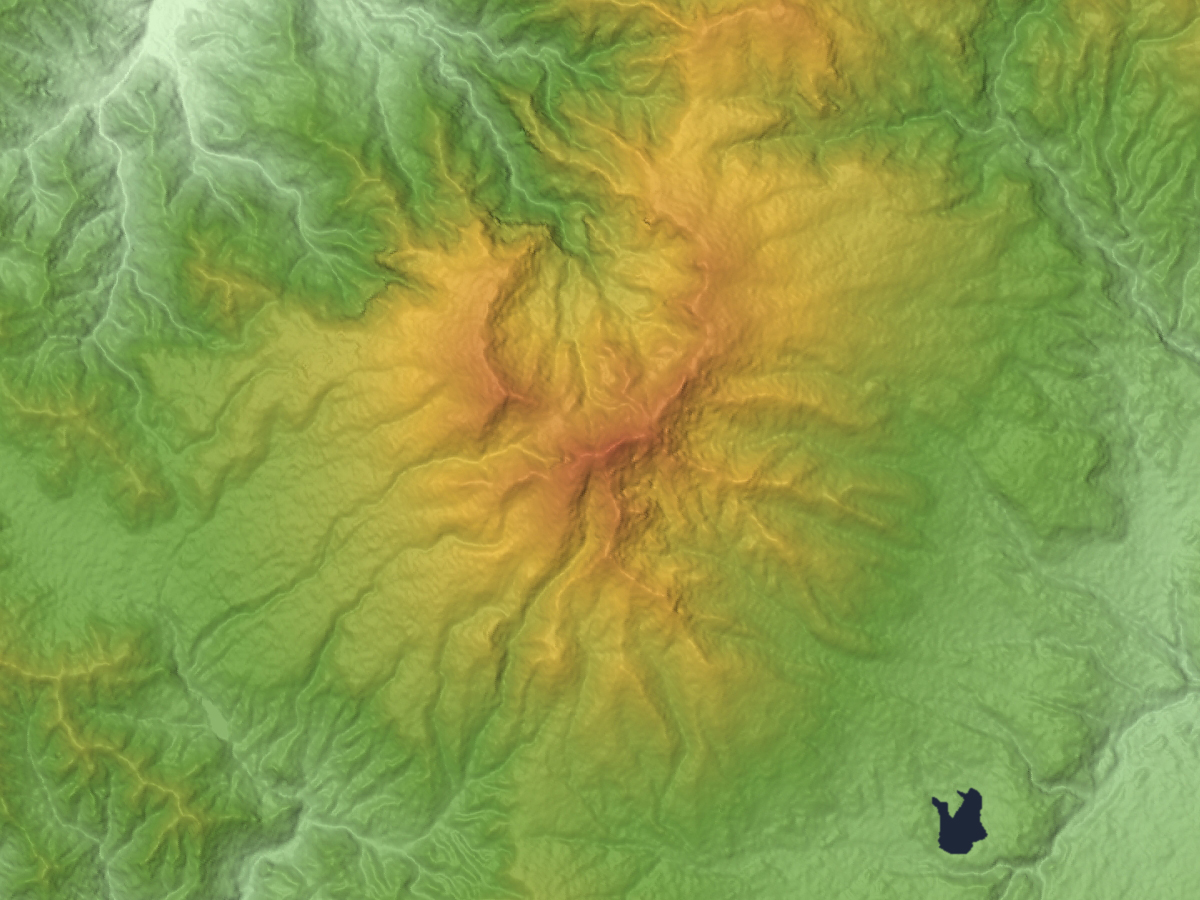Mount Azumaya on:
[Wikipedia]
[Google]
[Amazon]
 is one of the
is one of the
Azumaya San
- Geological Survey of Japan {{DEFAULTSORT:Azumaya Volcanoes of Honshū Mountains of Nagano Prefecture Mountains of Gunma Prefecture Volcanoes of Gunma Prefecture Volcanoes of Nagano Prefecture Stratovolcanoes of Japan Pleistocene stratovolcanoes
 is one of the
is one of the 100 Famous Japanese Mountains
is a book written in 1964 by mountaineer and author Kyūya Fukada.Hyakumeizan, Hiking Japan!
. Japan ...
. The peak lies on the border of . Japan ...
Nagano Prefecture
is a landlocked prefecture of Japan located in the Chūbu region of Honshū. Nagano Prefecture has a population of 2,052,493 () and has a geographic area of . Nagano Prefecture borders Niigata Prefecture to the north, Gunma Prefecture to the ...
and Gunma Prefecture
is a prefecture of Japan located in the Kantō region of Honshu. Gunma Prefecture has a population of 1,937,626 (1 October 2019) and has a geographic area of 6,362 km2 (2,456 sq mi). Gunma Prefecture borders Niigata Prefecture and Fukushima ...
. There exist alternative spellings of the mountain's name, like: 吾妻山 and 吾嬬山 which is read as "Agatsuma-yama" (Mount Agatsuma). In the village Tsumagoi, the mountain is spelled 吾妻山.
The mountain should not be confused with of which there are two, one in Nagano Prefecture and the other in Saitama Prefecture
is a landlocked prefecture of Japan located in the Kantō region of Honshu. Saitama Prefecture has a population of 7,338,536 (1 January 2020) and has a geographic area of 3,797 km2 (1,466 sq mi). Saitama Prefecture borders Tochigi Prefecture ...
. Though the reading is the same, the name written in Kanji
are the logographic Chinese characters taken from the Chinese family of scripts, Chinese script and used in the writing of Japanese language, Japanese. They were made a major part of the Japanese writing system during the time of Old Japanese ...
differs from the mountain in this article.
Outline
Mount Azumaya was formed between 900,000 and 300,000 years ago byandesite
Andesite () is a volcanic rock of intermediate composition. In a general sense, it is the intermediate type between silica-poor basalt and silica-rich rhyolite. It is fine-grained (aphanitic) to porphyritic in texture, and is composed predomi ...
lava flowing out of a Stratovolcano
A stratovolcano, also known as a composite volcano, is a conical volcano built up by many layers (strata) of hardened lava and tephra. Unlike shield volcanoes, stratovolcanoes are characterized by a steep profile with a summit crater and per ...
. An eruption 340,000 years ago formed a caldera of circa 3 kilometers in diameter. Through erosion the mountain has arrived at its present form with several peaks. is the general term for the following peaks lying roughly on a circle: , Mount Azumaya, , .
The famous Sugadaira Kōgen ski area
A ski area is the terrain and supporting infrastructure where skiing and other snow sports take place. Such sports include alpine and cross-country skiing, snow boarding, tubing, sledding, etc. Ski areas may stand alone or be part of a ski resort.
...
is found on the mountain's southwest (Nagano-) side. Also on the Gunma-side there exists a ski area. In addition, north of the mountain lies which is one of the Japan's Top 100 Waterfalls.
Main ascent routes
The mountain is well connected with several hiking trails: * - - Mount Azumaya * - Mount Azumaya * - Mount Azumaya * - Mount Azumaya : The gondola () from Palcall Tsumagoi is also operating during the summer season and can be used to climb the mountainMountain in the vicinity
* (2,207m)Gallery
See also
*List of volcanoes in Japan
This is a list of active and extinct volcanoes in Japan. An Orange background indicates a volcano considered active by the Japan Meteorological Agency.
Hokkaido
Honshū
Izu Islands
Ogasawara Archipelago
The Ogasawara Archipelag ...
*List of mountains in Japan
The following is a list of the mountains and hills of Japan, ordered by height.
Mountains over 1000 meters
Mountains under 1000 meters
As the generally accepted definition of a mountain (versus a hill) is 1000 m of height and 500 m of prom ...
External links
Azumaya San
- Geological Survey of Japan {{DEFAULTSORT:Azumaya Volcanoes of Honshū Mountains of Nagano Prefecture Mountains of Gunma Prefecture Volcanoes of Gunma Prefecture Volcanoes of Nagano Prefecture Stratovolcanoes of Japan Pleistocene stratovolcanoes